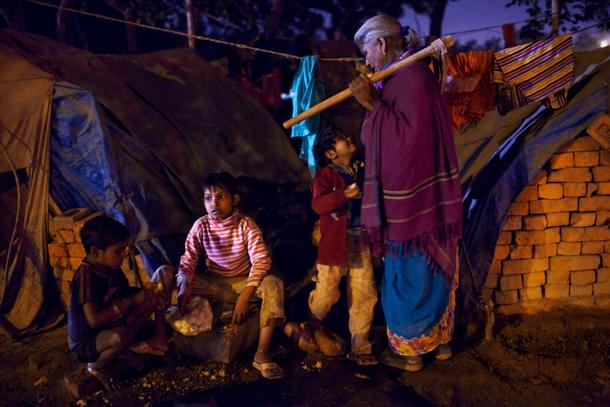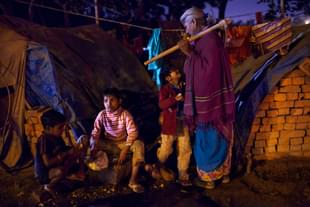Insta
Despite Low Income Levels, Rapid Decline In Fertility Rates: UN Report Lauds India’s Efforts
Swarajya Staff
Oct 17, 2018, 04:28 PM | Updated 04:28 PM IST
Save & read from anywhere!
Bookmark stories for easy access on any device or the Swarajya app.


Is the latest State Of World Population Report (2018), UNFPA (United Nations Population Fund), stated that the family size in India has decreased from 5.2 children per family in 1971 to 2.3 in 2016. Since the 1960s, Governments of India and other Asian economies have actively encouraged measures to limit family size. India was also the first country in the world to launch a family planning programme.
The report stated that India and Myanmar, unlike many other countries that witnessed a rapid decline in fertility rates, have had slow but steady declines in fertility that began after the 1960s. South Asian economies like Bangladesh, Nepal and India are also unusual because today they have fertility rates that are near replacement levels, despite having lower per capita incomes as compared to other countries with replacement-level fertility. In most other parts of the world, such low fertility is achieved only at higher levels of income.
The report also acknowledges India’s unusual achievement – although average total fertility for the whole country is 2.3 births per woman, it is above 3.0 in the states of Uttar Pradesh, Bihar and Madhya Pradesh, and below replacement levels in Maharashtra and West Bengal, and the four southernmost states. States with fertility below replacement levels account for 50 per cent of the country’s population.
Acknowledging the disparity in fertility rates across the country, the NDA government launched ‘Mission Pariva Vikas.’ This scheme will target 145 high fertility districts in the country, with a focus on raising awareness and better access to contraceptives. The govt has also launched two new contraceptives ‘Antara’ and ‘Chhayya’ that will be available for free at district hospitals.





